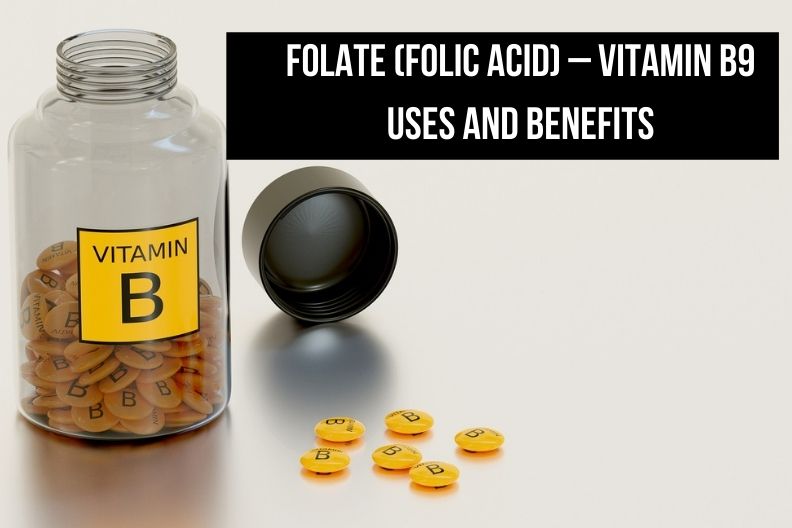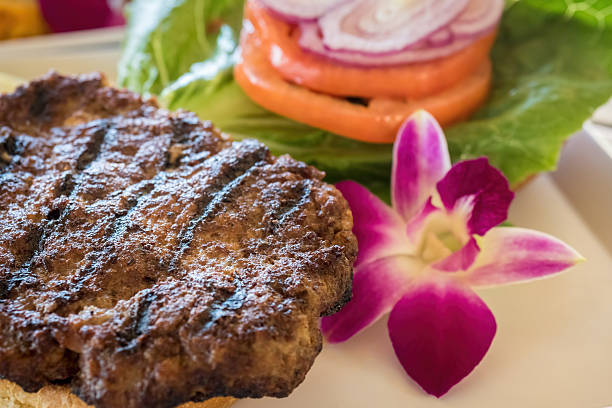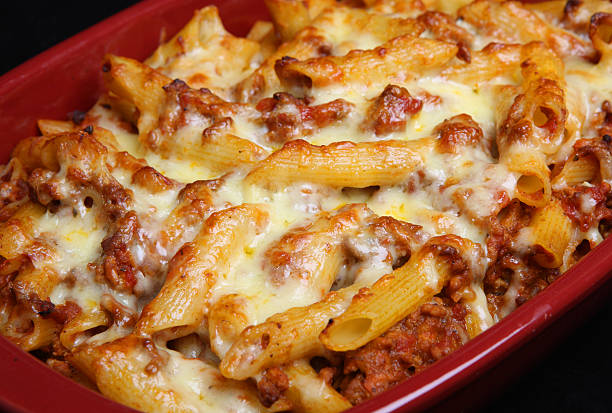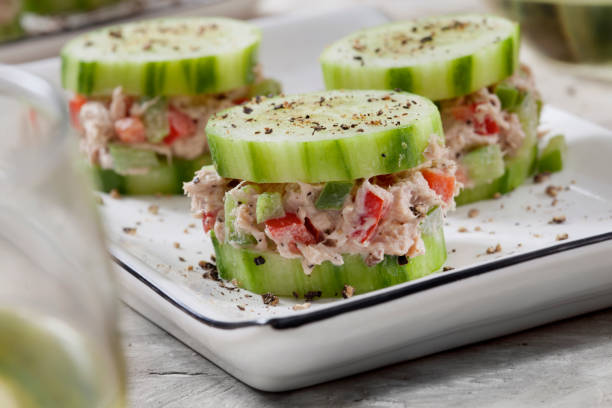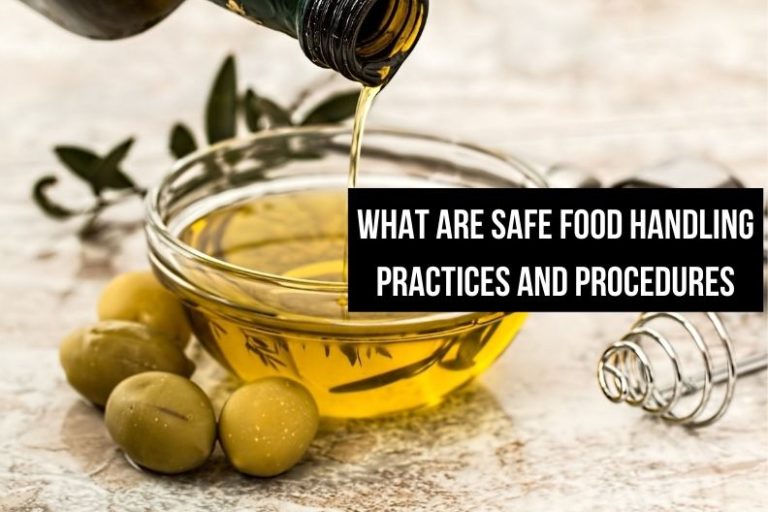Folate (Folic Acid) – Vitamin B9 Uses and Benefits
This post contains affiliate links. This means I will make a commission at no extra cost to you should you click through and make a purchase. Read the full disclosure here.
For a while now, many people have been hearing about Folic Acid, also known as Vitamin B So, what exactly is Folic Acid? It is a B-complex vitamin that is essential for the production and maintenance of new cells, and it is an important factor in the normal growth and development of red blood cells. In addition, Folic Acid is involved in the formation of DNA, which is important in the creation of proteins from amino acids. As a result, a deficiency of this vitamin can lead to a number of serious medical problems.
Fortunately, a deficiency of this vitamin can be easily prevented by eating a healthy diet.
Table of Contents
Food Sources
The richest sources of folacin are liver, yeast, and green, leafy vegetables. Other good sources are dried beans, peas, nuts, and whole-wheat foods. Brewer’s yeast is the richest source of all.
Folic acid is easily destroyed by heat. There, some green vegetables should be eaten raw in salads. Also, remember that folacin is lost in the refining of flour. For this reason, whole – wheat and yeast bread are more valuable than bread made from refined flour.
Functions of Folacin
Like other B vitamins, folacin acts as a coenzyme. As a coenzyme, folic is needed for the breakdown and use of some amino acids.
Folacin works with a team of nutrients, including amino acids, to make the nuclei (centers) of all cells. Cells divide for growth and new cells need a new nucleus. For this reason, pregnant women need more folic acid than other adults. Infants, too, have a special need for it.
Without enough folacin, a special kind of anemia develops in pregnant women and infants. The name for it is macrocytic or megaloblastic anemia. A person in this condition has too few red cells, and the cells contain too little hemoglobin. If folacin is taken by mouth or by injection, normal blood cells are made immediately.
The person is cured, so long as the required amount of folacin is supplied. Folacin works with vitamin B12 in helping prevent and cure another type of anemia called pernicious anemia.
Daily Requirements of Folacin
The daily need for folic acid is quite small. It ranges from 0.1 mg at age one to 0.4 mg at age ten and beyond. During pregnancy, the need is 0.8 mg. The amount is small but seldom does so little do so much.
Retaining Folacin in Food Preparation
Like vitamin B6, folacin exists in several forms in food. And like B6 and some other vitamins, it is fragile. It is soluble in water and quickly destroyed by heat in an acid solution. As much as 65 percent of the folacin in food may be lost when food is cooked at medium cooking temperature for ten minutes.
When fresh, leafy greens are stored for three days at room temperature, 70 percent of the folacin is lost. Unlike most other vitamins, it is more stable in a natural or alkaline solution.
Animals, poultry, and fish get minerals from the plant foods they eat. They use some of these minerals for their own needs, but they pass some on to us. The calcium in milk, the iron in the liver and lean meats, and the iodine in seafood are examples of plant nutrients passed on to us in animal foods.
Many minerals come to us directly from plants. Among them are iron, calcium, copper, magnesium, potassium, and small amounts of other minerals.
Final Thoughts
It’s easy to assume that you have a healthy diet when you watch your calorie intake and make sure to consume the appropriate nutrients. By not eating junk food and keeping up with calories, you’re most likely racking up your Vitamin D, C, and potassium intakes, but there might be a few more to take into account – a B vitamin called folate (also known as folic acid) is one of the key vitamins for foetal growth as well as maintaining healthy red blood production.
